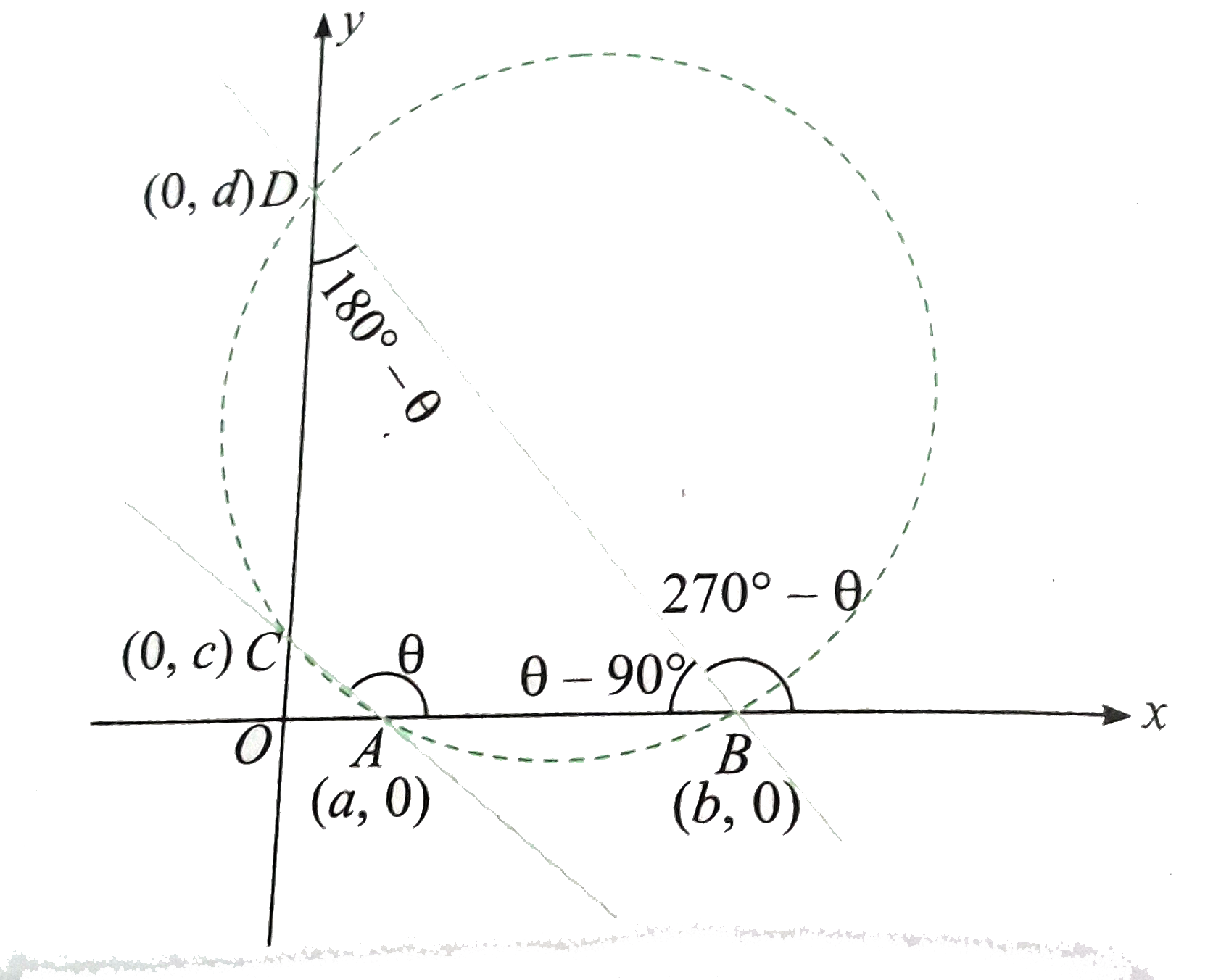Text Solution
Verified by Experts
|
Topper's Solved these Questions
COORDINATE SYSYEM
CENGAGE PUBLICATION|Exercise Illustration1.42|1 VideosView PlaylistCOORDINATE SYSYEM
CENGAGE PUBLICATION|Exercise Illustration1.43|1 VideosView PlaylistCOORDINATE SYSYEM
CENGAGE PUBLICATION|Exercise Illustration1.40|1 VideosView PlaylistCOORDINATE SYSTEM
CENGAGE PUBLICATION|Exercise Multiple Correct Answers Type|2 VideosView PlaylistCROSS PRODUCTS
CENGAGE PUBLICATION|Exercise DPP 2.2|13 VideosView Playlist
Similar Questions
Explore conceptually related problems
Knowledge Check
A
B
C
D
Submit
A
B
C
D
Submit
Similar Questions
Explore conceptually related problems
